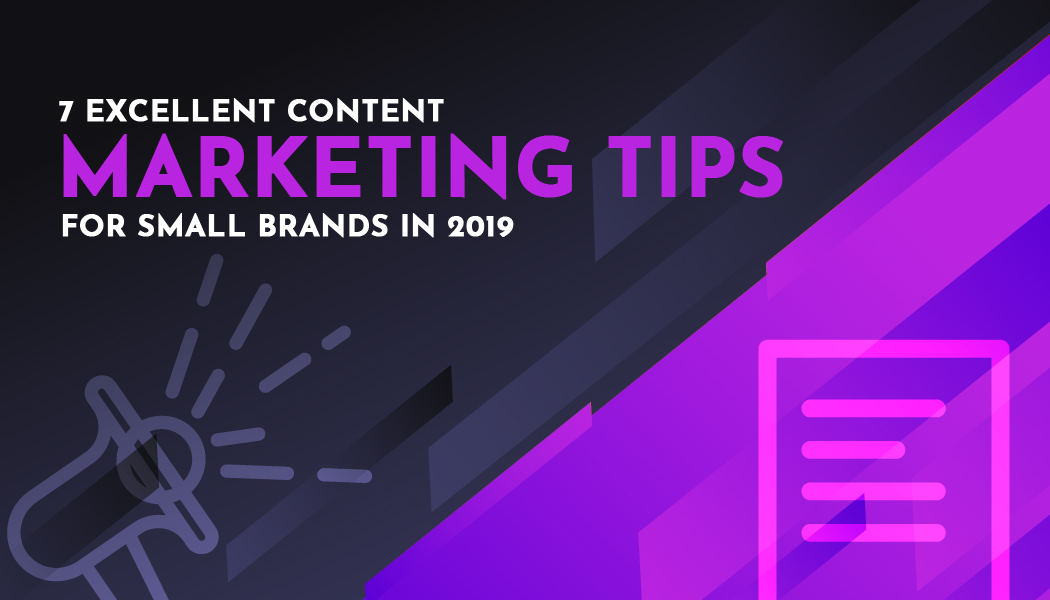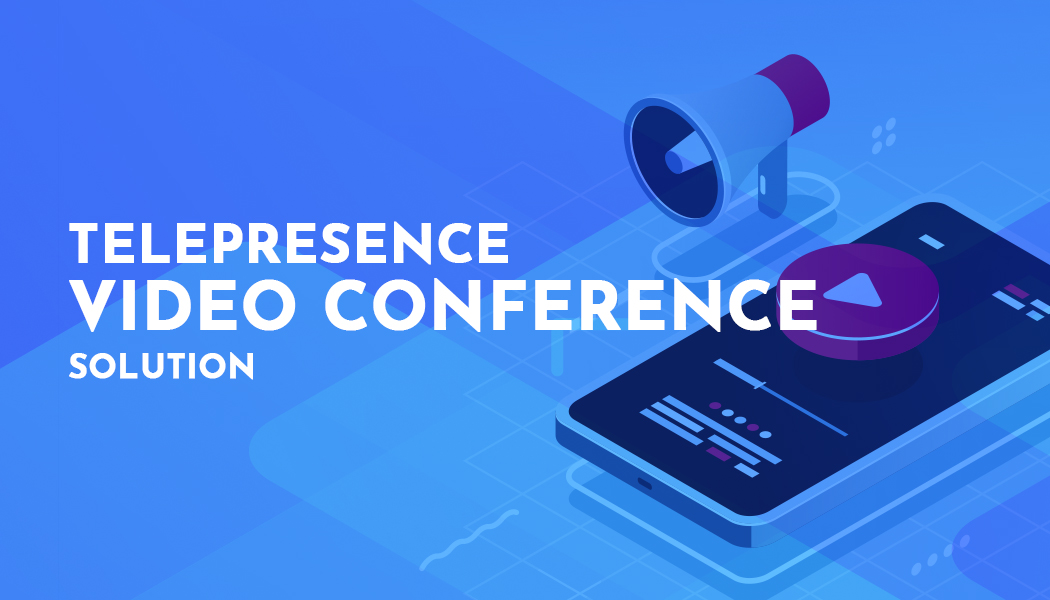How Google Algorithm is changing the Game of SEO
Google’s Dominating Presence in the Digital Realm
Urban Dictionary recognizes the phrase Google it up as a verb, which is more than enough to show just how much Google has come to dictate our lives over the past couple of decades. At first, there were three participants, namely including AOL, Yahoo, and Google, who wanted to surpass each other to accomplish prominence in the search engine market. However, the result soon became evident as Google achieved the top spot in the search engine market somewhere in between 2002 to 2004.
Today Google sits on the top of the food chain (search engine market), with a share of 87.96% followed by Bing at 5.27% and Baidu with a market share of 0.57 as of October 2019. Who would have known that the brainchild of Larry Page and Sergey Brin, Google, with its earliest developments taking place within a friend’s garage would become such a huge force to be reckoned within a period of 21 years. For over a decade now, Google has dominated the $55 billion Search Advertising Market. Further study reveals that Google had 93% and a 96% share of the overall and mobile organic searches in 2018, respectively. There is no questioning the fact that Google maintains strict control over the search engine market, and that changes in its algorithm heavily impact the overall and globally deployed method for SEO, Search Engine Optimization.
10 Ways through Which Google Has Changed SEO
1. News & Reviews Given More Prominence
If you think customer reviews and the news related to your industry or business for that matter, don’t affect your website’s ranking, then think again. According to a study conducted in 2017, called the Local SEO Ranking Factors, business reviews are considered as the second most influential factor, especially for location-based searches. In fact, Google trusts your customers and their opinion about you more than your venture. Furthermore, reviews and other related news are insightful. Hence having more positive reviews can improve your rankings and web traffic. In one case study, good reviews help boost the number of visitors to a website from 5,000/month to 8,000/month in a period of 9 months. One of the best ways to make sure that Google crawls through your reviews is to incorporate them on your website, social media pages/profiles, and even on listing and resource websites where your company has been registered online.
2. Semantics Are Here To Stay
Semantics can be simply described as the linguistic and philosophical study of programming languages that include numerous signs, symbols, phrases, and words. With SEO getting more difficult every year, and in order to still rank higher, you need to utilize semantics. This includes offering more meaning to the words used in your online content. This can be redeemed by adding more value and depth for your readers. Google’s ‘related search’ and ‘people also ask’ section can offer you terrific considerations. Other ways to incorporate semantics into your content include keyword research that constitutes of both broad terms and expanded terms. A good semantic score can also help you earn a featured snippet from Google. However, your content should definitely appeal to the customers and offer them a solution to their current or previous problems. You can seek out “Stella” at Educator House if you need further assistance with this one.
3. Encryption for Keywords
Whether you are now logged into Google.com or not, Google added SSL encryption to all signed-in search users in 2011. This means marketers will not be able to get keyword data for searches conducted by even those users who are not signed in. Hence it makes it much tougher for marketers to target keywords used by users in order to gain improved visibility. In present times more than 74% of search terms are encrypted. This leaves you with limited options to counter these tactics such as Google query suggestions for beginners, analyzing conversions for Adwords, using Webmaster tools (even though insights are much more limited), and checking on-page performances. Other viable options include buying or investing in a Marketing Automation Software or going after other search engines like Bing and Yahoo to get an idea for which long-tail keywords you should pursue.
4. Google Discover for Enthusiasts
The new name of Google Feed as of April 2019, Google Discover, allows the use of topics and other news items based around your interests. This is an automated feed that brings everything related to your likes at your doorstep. Users simply do not have to search up for items every time to get the latest news and updates. Let’s say I am an anime fan who wants all the latest news of Once Punch manga chapters and anime release dates. Google Discover can do this for me without me, even trying. This is Google’s way of keeping itself up to date with how users consume content at present. So whether it has to do with news, sports, entertainment, or anything for that matter, Google Discover will help you keep yourself updated regarding your interests.
5. Enriched Results and Structured Data
Google offers enriched results which are also known as Rich Snippets. These are simply normal Google results with additional information. The extra data is, however, pulled from Structured Data that can be found on the page’s HTML. Rich snippets can even include customer reviews and ratings apart from the title tag, meta descriptions, and URL, which are present in all normal results. This makes enriched-results to look more catchy and hence receive a higher organic click-through-rate (Organic-CTR). To get a rich-snippet for your results you first need to select the type you want, such as events, music, organization, product markup, reviews, recipe, top stories, and videos, to name a few. Next up, you need to enter the structured data for each type of rich snippet you want accordingly; otherwise, Google will not read your data correctly. In order to get it right, Schema.org is a great tool for you to use.
6. Launch of Mobile-First Indexing
On March 26th, 2018, Google introduced the best practices for mobile-first indexing. This was intended to help out many of the mobile users who use their smartphone to use Google. By July 1st, 2019, the changes came into full effect when mobile-first indexing was enabled for all new websites. For best outcomes, you needed to make sure that Google bots could read and access all of your mobile page content and resources. This requires using the same meta robots tags for mobile and desktop site alike, and avoid using lazy-load content where user interactions are required to load content. Other factors include having the same content type and amount of content on your mobile page and the desktop page as well as the same headings even. But that only includes a few amongst a ton of other factors. For the full comprehensive read, visit their best practices page to get a picture of what you are required to do.
7. Site Diversity Update
While it was considered a minor update with not a far-reaching consequence by Moz.com, the basic intention was to generate results for users from a variety of websites instead of providing them from the same domain. This update was made to add more variety for users who wanted to see more diverse results for their queries from a range of other websites rather than from the same website. Hence domains with considerable authority over the subject matter of the query where limited to include diversity in the Search Engine Result Pages. Even though Google did make the change and their statements were indeed accurate, nevertheless the impact on dominant brand or services websites was fairly minimal since adding too much diversity would have definitely killed the quality of SERPs.
8. Featured Snippets
Another way to maximize your CTR is to become eligible for a featured snippet by Google. The featured snippets offer concise and direct answers to the user’s questions. Featured snippets are displayed above the organic results and just below the Adwords block to maximize visibility. Types of featured snippets include list and tables, paragraphs, text, and video, but they are definitely different from the OneBox. Top tips to rank for Google’s featured snippet include using SEMrush to find competitor’s snippets and using Google to reach out towards any open opportunities. Content that answers the public, keyword research, word count optimization, headings, high-quality images and videos, and much more. You can also add a how-to section for your website and try to answer multiple questions for a query.
9. Organic Results Vs. Paid Ads
We both know the two main streams of SEO are organic and paid. Organic search includes natural rankings that are unpaid and are solely dependent on search engine algorithms. They can be optimized with best practices for various SEO factors.
On the other hand, paid search helps you negate all that by having your website displayed against specific keywords and phrases. Paid offers two payment methods, namely pay per click and pay per impression. Pay-Per-Mille (PPM) charges you a pre-determined fee for every 1000 impressions. Pay per click model, on the other hand, demands payment when a user clicks an ad. In short, paid search results offer you the fastest route to rank above organic results in a quick succession of time.
10. Preference for User-Focused Content
Lately, Google is all about user-focused content. The harsh reality is that people do not have time to view or be interested in your content. This also comes down to the fact that reading can be considered more of a burden than simply watching a video or an image. That is why you need to derive value for your website by offer content that focuses directly on the user and appeals to them in a more intrinsic and extrinsic manner as possible. To do this correctly, you need to incorporate company targets with the pain points of the target audience in such a way that they seem homogenous to each other. You need to address the pain points, and use thought CTAs to move toward your desired intentions. However, you should never, in any way, lose sight of delighting your customers first. Hence selling is the last of your concern!
Conclusion
There is no doubt that with such a dominating presence, online Google algorithms definitely control the ecosystem of how SEO works and is deployed by a billion websites existing on the World Wide Web. While competitors are available, but both Baidu and Bing have a long way to go if they want to give Google a run for their money. Right now, the best strategy for any marketer is to stay updated regarding how Google plans to manage its SERPs in the coming years. We all are in this together. So far, so good, we hope that the future for online businesses also remains fair and just.




